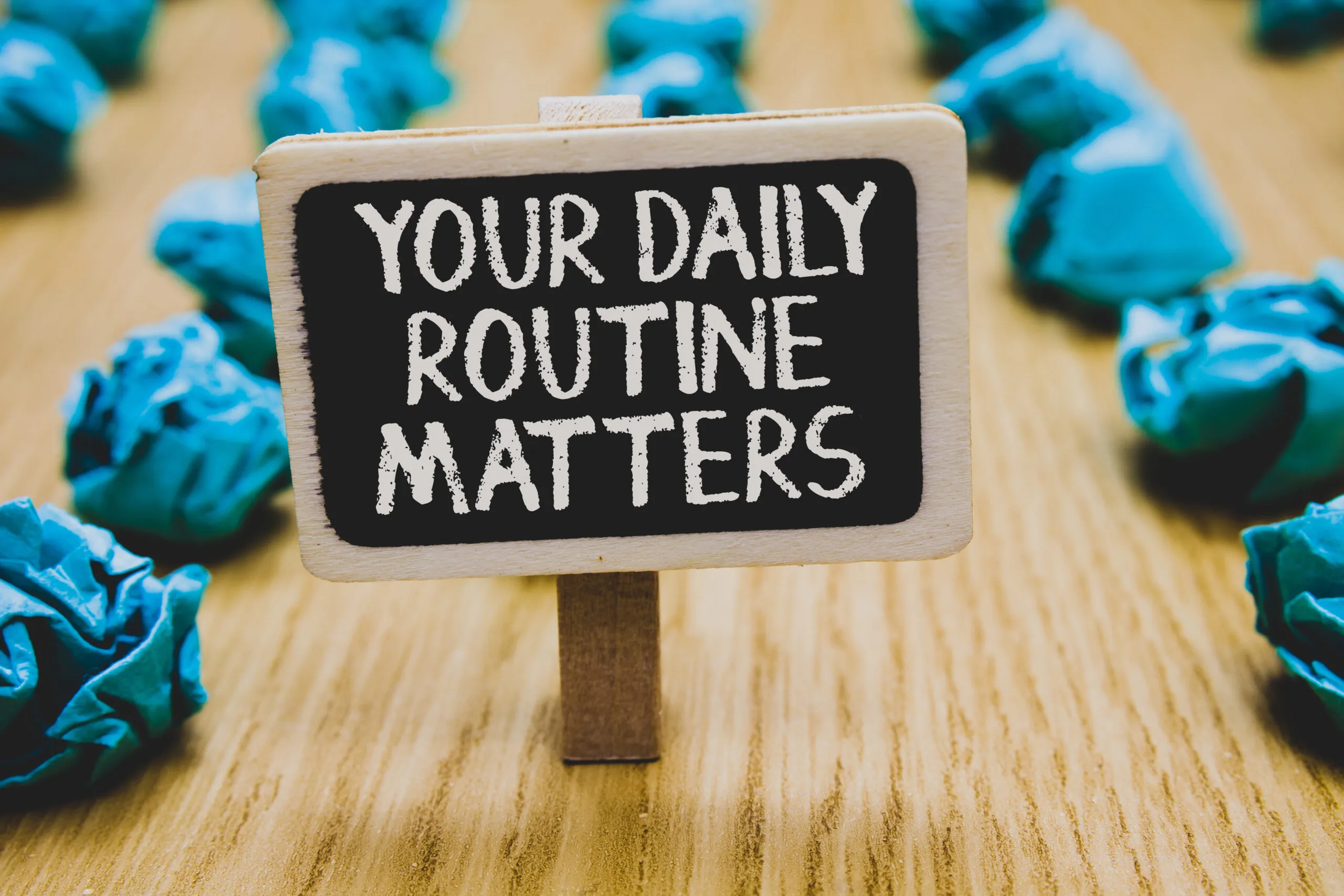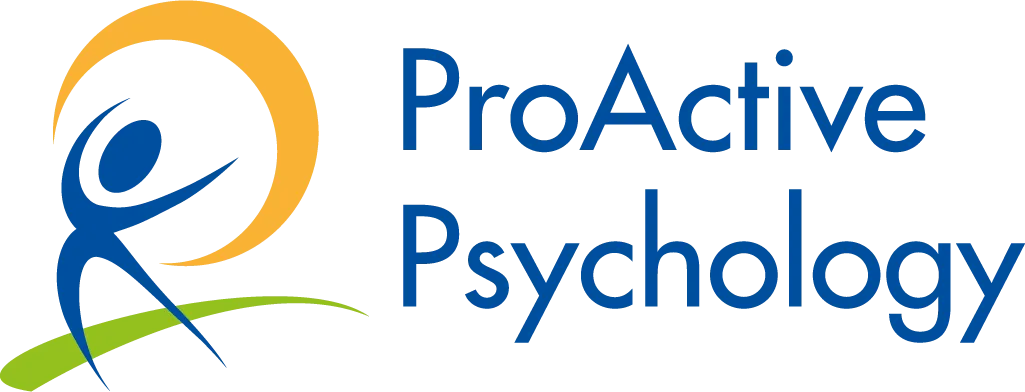
You’re a parent. You’ve got work to do. Life is noisy, cluttered, and relentless.
You sit down to finish one thing, and your brain short-circuits.
You don’t need to be diagnosed with ADHD to feel like your attention span has shrunk to the size of a goldfish. But for those who live with ADHD, this chaos is amplified.
This is a guide for those times when your head is foggy, your kids are yelling, the washing machine is buzzing, and your task list won’t quit.
It’s here to help you with getting things done with ADHD (or without).
Let’s explore a real-world, friendly, focused system designed for parents and professionals tired of feeling scattered and wanting to regain control and produce results.
When Focus Fails, It’s Not Because You’re Broken
Let’s start here: if you’re struggling to focus with ADHD, especially as a busy parent, the problem isn’t you.
The problem is the environment you’re operating in.
You’re running a marathon through a minefield:
- Digital noise (emails, messages, notifications)
- Emotional noise (guilt, responsibility, decision fatigue)
- Physical noise (kids, TV, house chores)
Most people try to stay focused while managing multiple roles simultaneously. But the more pressure you apply to your brain, the more it resists.
You can’t “discipline” your way through this. You need a shift in how you think about productivity. It’s not about forcing focus. It’s about reducing friction, especially when you live with ADHD.
The Real Enemy: Friction, Not Laziness
Let’s challenge the standard narrative: if you’re constantly distracted, forgetful, or reactive, it’s not a willpower issue.
It’s a friction issue.
Friction is anything that makes starting or completing a task harder than it needs to be. It’s the cognitive drag that slows you down without you noticing:
- Visual clutter
- Constant decision-making
- Switching contexts (parent mode, worker mode, house manager mode)
- Poorly defined tasks
- No recovery space between demands
When you reduce this friction, especially while trying to focus with ADHD, everything gets easier. You don’t need to work harder. You need to remove what’s blocking your brain from moving forward.
 What You Actually Want: Completion, Not Just Focus
What You Actually Want: Completion, Not Just Focus
Everyone says they want more focus. But what they really want is to finish what they start.
Finishing is where the relief happens. The confidence. The breathing room.
But when spinning between tabs, tasks, and tantrums, nothing gets finished. You’re left with:
- Five half-done jobs
- Ten open browser tabs
- An inbox full of “just flag it for later” messages
- And the creeping guilt that you’re always behind
If you live with ADHD, that unfinished feeling becomes a chronic source of stress.
This weighs on your brain like clutter in a hallway—every undone task is something you trip over on your way to what matters.
The solution?
Build systems that help you complete things without “trying harder.” A system that lets you focus with ADHD and still finish what counts
Step 1: Identify the Friction Traps
Before improving focus, you must uncover what’s slowing it down.
Here are some of the most common friction traps busy parents with ADHD face:
1. Visual Clutter: A cluttered desk equals a cluttered mind. You don’t need a spotless house — just clear what’s in your immediate line of sight. It makes a big difference. Even setting a timer for 5 minutes to tidy one surface — your desk, the kitchen bench, your bedside — can ease the mental load.
2. Noise Pollution: Background noise, whether from TV, kids, or your phone, is a constant attention splitter. Use noise-cancelling headphones, white noise apps, or create quiet “pockets” in your schedule. Some parents use upbeat instrumental music or even earplugs to reclaim mental space.
3. Task Switching: When you switch tasks, your brain loses momentum. Context switching is one of the biggest invisible energy drains. To combat this, many ADHD adults use simple physical cues — like putting on shoes indoors — to signal that it’s “focus mode.”
4. Undefined Tasks: “Do the bills” is vague. “Pay gas and phone bill using direct debit” is actionable. The more specific the task, the faster it starts. Try writing out the first three micro-steps to ease friction—e.g., “Open email,” “Find gas bill,” “Check payment method.”
5. Internal Loops: Running mental to-do lists makes it feel like your brain is constantly buffering. Write them down. Keep a “Later List” or a sticky note dump zone on your fridge, notebook, or phone. Offloading thoughts this way frees up mental space and makes it easier to prioritise what matters next.
This step alone will help you focus better with ADHD, because your mind has fewer things to juggle.
Before improving focus, you must uncover what’s slowing it down.
Step 2: Use Time Blocks — Not Time Pressure
Time pressure backfires. You start panicking, and your executive function shuts down.
Instead, use low-pressure time blocks – a.k.a the Pomodoro Technique:
- 10–15 minutes of focused work on a straightforward task
- Followed by 3–5 minutes of decompression
- Repeat 2–3 cycles, then take a more extended break
This works because it tells your brain, “You only need to be on for a little while.”
And because the block is short, you’re less likely to avoid starting.
Time-blocking is one of the most effective techniques to focus with ADHD because it adds structure without overwhelming your brain with extended sessions.
If the traditional Pomodoro feels rigid, adjust it. Try “micro-modos” — 10 minutes on, 5 off—or even 5-minute start timers. Many ADHD-friendly productivity tools, like Focusmate or Brain.fm, support this sprint-then-reset rhythm.
Step 3: Anchor Your Routines
Every decision costs energy, and busy parents make hundreds each day.
Anchors are behaviours you automate. They reduce mental load and create predictable patterns your brain can relax into.
Start with:
- The same wake-up time (even on weekends)
- A simple morning routine: hydrate, stretch, get dressed
- A fixed start to your work block (e.g., make a coffee, open your planner, press play on a focus playlist)
Over time, these anchors become cues. Your brain learns: “It’s focus time now.”
Especially for those learning how to focus with ADHD, these anchors reduce confusion and hesitation.
Step 4: Finish with a Reward — Not a Scroll
The ADHD brain is dopamine-hungry. If you don’t feed it with intention, it will chase cheap rewards (scrolling, snacking, spiralling).
So, create earned rewards:
- Finish a task? Walk outside for 5 minutes
- Complete a chore? Sip your tea with no guilt
- Hit a milestone? Watch that video after you check it off.
This creates a loop: task → reward → task. You’re retraining your brain to crave completion, not just stimulation.
Reward systems are key for anyone who wants to improve focus with ADHD. They keep the brain motivated and engaged without relying on willpower.
Step 5: Don’t Try to “Do It All” — Try to “Finish One”
Multitasking is a lie. You’re not doing five things — you’re half-doing five things.
And that leaves you with:
- No sense of progress
- No clean finish lines
- No win to feel proud of
Start your day by choosing one core task—your anchor. When you finish it, move on to the next.
If interruptions come up (and they will), write them down. Don’t switch. Pause, then return.
This is how you reclaim momentum and focus better with ADHD, even when the day isn’t going as planned.
Step 6: Use Visual Systems That Show You Progress
Mental lists evaporate.
Your brain is juggling too much to hold it all. Get it out of your head and onto something you can see:
- A whiteboard with 3 key tasks near your desk or kitchen
- Sticky notes in high-traffic areas (fridge, monitor, bathroom mirror)
- A visible weekly planner with colour-coded time blocks for work, family, and recharge time
These tools externalise memory and focus, and remove the burden of “trying to remember everything.”
Visual systems are potent when trying to focus with ADHD because they make the abstract tangible. A parent juggling multiple roles might use one colour for work, one for kids’ activities, and one for household chores — to reduce mental blending and improve clarity.
Step 7: Embrace “Good Enough” Productivity
If perfection is your standard, you’ll rarely finish anything and feel miserable trying.
“Done is better than perfect” isn’t just a nice quote. It’s a survival rule for busy brains.
Examples:
- Dinner doesn’t need to be gourmet. It needs to be on the table.
- A work report doesn’t need to be Pulitzer-worthy. It needs to be submitted.
- The kitchen doesn’t need to be spotless. It just needs to be usable.
When you live with ADHD, embracing “good enough” isn’t lowering the bar — it’s lifting the weight.
Step 8: Scale the System to Match Your Day
This is real life, not a robot routine.
Some days, the system works flawlessly. Other days, the kids are sick, your sleep is shot, and everything feels like pushing a boulder uphill.
Don’t abandon the system. Just scale it down.
Instead of three focus blocks, do one. Instead of a deep work sprint, do a surface-level task. Instead of a complete routine, do a micro-version.
This flexible approach is crucial if you want to focus consistently with ADHD over time.
Example: A Realistic ADHD-Friendly Day
Morning
- Wake, hydrate, dress
- Write the top 3 tasks on a whiteboard
- 10-minute warm-up task (low stakes)
Late Morning
- 15-minute work sprint
- 5-minute reward
- Short chore (dishes or folding laundry)
Afternoon
- Check email window (set time, not whenever)
- 1 more sprint or a supportive conversation
Evening
- Set a visual checklist for the next day
- Brain dump to quiet the mind
- Wind down with intentional rest (not reactive scrolling)
This is how you build a day that lets you focus with ADHD, without needing to control every second.

What Changes After 30 Days
If you apply these steps consistently — even imperfectly — here’s what you’ll likely notice:
After 5 Days:
- Fewer open tabs in your head
- More tasks finished without overwhelm
- Slightly clearer mornings and evenings
After 30 Days:
- Increased trust in your systems
- Better emotional regulation
- Reduced “task dread”
- Tangible progress in your work and home life
- Fewer reactive habits like doomscrolling or multitasking
- A noticeable drop in “background stress” caused by mental clutter
You’re not doing more — you’re doing what matters. You’re learning how to focus with ADHD even when your life won’t slow down.
The Bottom Line
You don’t need to fix your brain. You need to design for it.
Structure isn’t punishment — it’s a lifeline. Focus isn’t about forcing — it’s about removing friction. And productivity isn’t about doing it all — it’s about finishing what counts.
When you work with your mind instead of against it, you rebuild energy, momentum, and confidence.
You don’t need a new system every month. You need a simple one that’s flexible enough to hold you on hard days and strong enough to build results over time.
This is that system.
Start small. Stay consistent. Give it 5 days.
That’s how you focus with ADHD when your life won’t slow down.
References
- Barkley, R.A., 2011. Executive Functions: What They Are, How They Work, and Why They Evolved. New York: The Guilford Press.
- Brown, T.E., 2013. A New Understanding of ADHD in Children and Adults: Executive Function Impairments. New York: Routledge.
- Emerson, L.M., Rowse, G. and Quinton, S., 2019. Emotional regulation in adults with ADHD: Implications for cognitive behavioural therapy. Behavioural and Cognitive Psychotherapy, 47(4), pp.431-446.
- Kessler, R.C., Adler, L., Ames, M., Demler, O., Faraone, S., Hiripi, E., Howes, M.J., Jin, R., Secnik, K., Spencer, T. and Ustun, T.B., 2005. The prevalence and correlates of adult ADHD in the United States: Results from the National Comorbidity Survey Replication. American Journal of Psychiatry, 162(4), pp.716–723.
- König, C.J., Kleinmann, M. and Höhmann, W., 2013. Personal and situational determinants of time management: A review of empirical research. Zeitschrift für Arbeits- und Organisationspsychologie A&O, 57(4), pp.187–196.
- Mark, G. and Gudith, D., 2005. The cost of interrupted work: More speed and stress. In Proceedings of the SIGCHI conference on Human factors in computing systems (pp. 107-110). ACM.
- Murray, D.W. and Kollins, S.H., 2022. Effects of reward and reinforcement on ADHD: Translating basic research to clinical strategies. Journal of Attention Disorders, 26(5), pp.667–679.
- Pape, T.L., Lundgren, K., Heck, M., Herrold, A. and Wineman, N., 2016. Focused-attention meditation improves executive function and frontal-lobe efficiency: A study of the short-term effects of intensive meditation training. NeuroReport, 27(9), pp.535–539.
- Silva, A.P., 2022. Managing ADHD in adults: Structuring routines and the power of task design. Psychological Review of Behavioural Strategies, 18(2), pp.84–92


